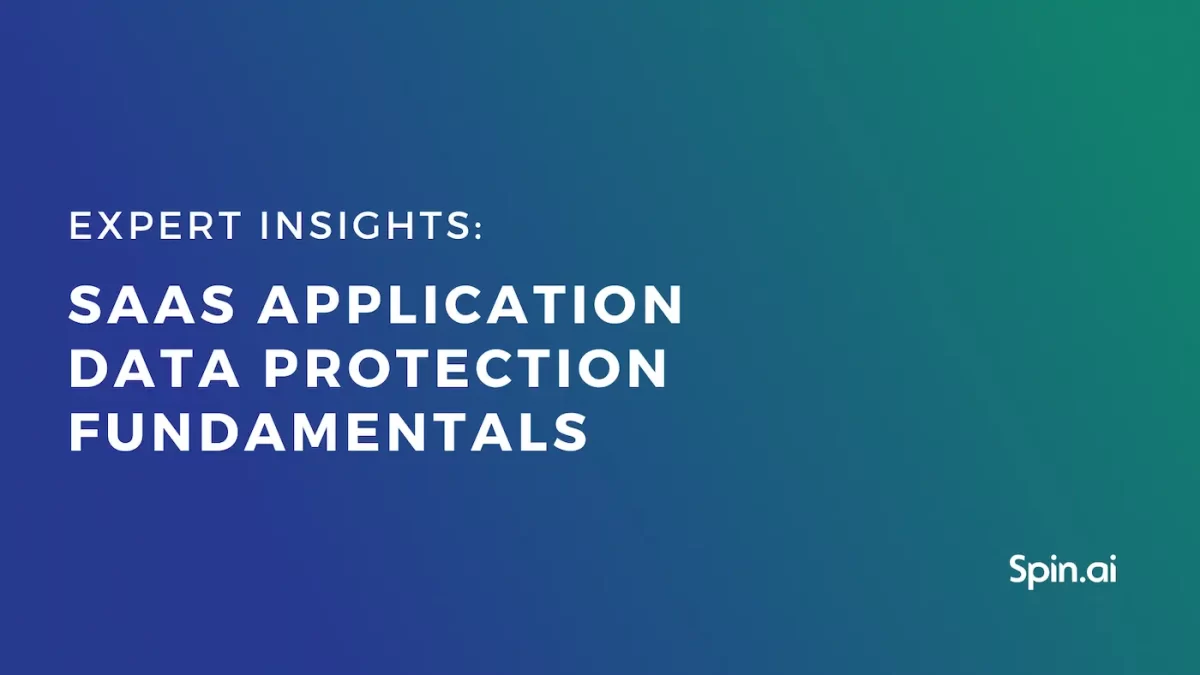What Is a CASB? How does a Cloud Access Security Broker Work

What is a CASB? Cloud services and apps have become a vital part of a modern workflow. Businesses that depend on cloud data must ensure its integrity. A CASB (Cloud Access Security Broker) provides visibility and control over the cloud environment. Therefore, many businesses consider using a CASB.
In this article, we’ll give you an introduction to CASBs, their benefits, types, and specific solutions.
What Is a CASB In Cybersecurity?
A CASB, or cloud access security broker, is an intermediary between you and the cloud services you use. CASBs help your company to enact security policies that cover cloud data. Such policies include cloud access, data management, threat detection, encryption, device management, risk assessment, login control, app security, and many others.
We believe that CASBs should be viewed from two perspectives simultaneously. From one perspective, a CASB is a safeguard that protects your data. From another perspective, it is a tool that helps to manage risks and adjust your business plans. After all, security policy enforcement is vital for a company’s operational continuity, especially in highly regulated industries.
Long story short, a CASB is a way to ensure that all cloud data is used as it should be. So, what is the purpose of the CASB? How does CASB work? Let’s take a look.
Issues CASBs Help to Address
There is a great range of issues and tasks that CASBs can help you with. The exact list varies depending on your workflow’s unique needs and the solution you use. For an easier understanding, let’s unite these issues into several groups.
Threat Protection and Data Loss Prevention
CASBs protect data from insider threats and external attacks. Such threats include data loss, malware, unauthorized sharing, and many others.
Data Access, User Behavior, and Device Control
A CASB analyzes and monitors users and their login activity, data usage, connected devices, and other elements of your cloud environment. With a CASB, you can detect and fix various abnormalities and vulnerabilities.
SaaS Apps Control and Risk Assessment
SaaS apps with access to your cloud data pose certain threats due to security vulnerabilities or malicious intent. Using a CASB will help you to determine and manage the risks from apps connected to your cloud data.
Compliance Challenges
CASBs are a way to safeguard and manage your cloud data. This will help you to meet the requirements of compliance standards and regulations focused on data protection.
So why do organizations choose CASBs to solve these issues? CASB services are easy to deploy, maintain, and they can complement your company’s existing security measures. Besides, creating an infrastructure to match CASB functionality and cost-efficiency is difficult for many companies, especially for SMBs.
Types of CASB: API-based vs Proxy-based
There are two major types of CASB solutions—API-based and proxy-based (a.k.a firewall-based).
Proxy CASB
Proxy CASBs form a stand-alone gateway that monitors the traffic between your users and the cloud. Proxy-based brokers provide real-time monitoring to detect potential policy violations. However, proxies control only a predetermined set of devices and cloud services. This means that proxies won’t provide an adequate response to the Shadow IT challenge.
API-based CASB
API-based CASB forms an integrated system that oversees both managed and unmanaged traffic, users, and devices. This system is formed using APIs—endpoints that help to automate the interaction between users and software. You can find further technical reading on APIs in our previous article.
Let’s explain the difference between these two types in simple terms. Imagine a supermarket with one cashier and a supermarket with many self-checkout machines (and electronic surveillance). The former would be proxy, while the latter one is API.
The API-based approach is more advanced than proxy-based. Why? First of all, APIs provide better scalability and lower latency than proxy-based solutions. Secondly, API offers visibility and control over both managed and unmanaged data traffic, which makes this approach better for dealing with the Shadow IT challenge.
Choosing CASB for Google Workspace (formerly G Suite)
Using Google Workspace (formerly G Suite) and looking for a CASB to protect your Google data? We’ve compared some of the best cloud brokers. Hope you’ll find our comparison useful.
Was this helpful?
How Can You Maximize SaaS Security Benefits?
Let's get started with a live demo
Latest blog posts
How to Restore A Backup From Google Drive: A Step-by-Step Guide
April 10, 2024Backing up your Google Drive is like making a safety net for the digital part... Read more
Protecting Partner Margins: An Inside Look at the New Spin.AI Partn...
April 2, 2024Google recently announced a 40% reduction in the partner margin for Google Workspace renewals –... Read more
Expert Insights: SaaS Application Data Protection Fundamentals
March 21, 2024SaaS applications appeal to organizations because they make running the application “somebody else’s problem.” However,... Read more


